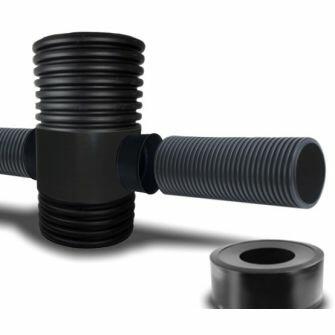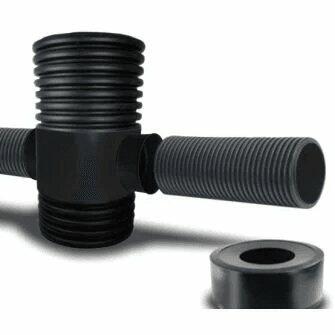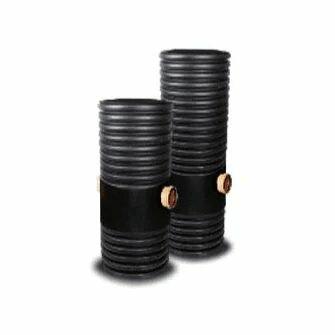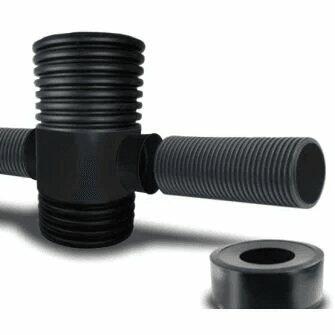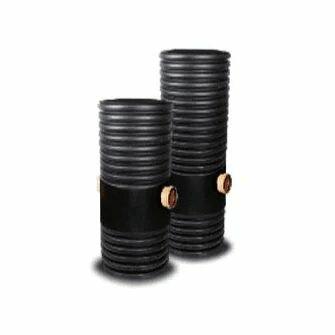CATCH PITS FOR uPVC AND TWINWALL DRAINAGE
Discover a wide selection of high-quality silt chambers
A catch pit is a crucial component of any twinwall drainageattenuation system, designed to manage and treat surface water runoff. It is essentially a chamber or pit that collects debris, silt, and other particles from the water before it enters the drainage system.
The functions of a Catch Pit in a Twinwall Drainage Attenuation System
1. Debris and Silt Collection - The primary function of a catch pit is to trap and hold debris, silt, and other particulate matter from surface water runoff. This prevents these materials from entering and clogging the twinwall drainage pipes, ensuring efficient water flow.
2. Water Quality Improvement - By filtering out solids and pollutants, catch pits help in improving the quality of water entering the drainage system. This is particularly important for protecting downstream watercourses and the environment.
3. System Maintenance - Catch pits facilitate easier maintenance of the drainage system. Regular inspection and cleaning of catch pits help in preventing blockages and extending the lifespan of the drainage infrastructure.
Installation and structure of a typical catch pit consists of:
1. Inlet and Outlet Pipes: Water flows into the catch pit through the inlet pipe, where debris settles at the bottom, and cleaner water exits through the outlet pipe.
2. Silt Trap: The bottom of the catch pit acts as a silt trap, where heavier particles settle out of the water due to gravity.
3. Access Points: Catch pits are designed with access points for easy inspection and cleaning. These access points are usually covered with removable lids or manhole covers.
Uses in Twinwall Drainage Attenuation Systems
Catch pits are integrated into twinwall drainage systems to manage large volumes of water, particularly in areas prone to heavy rainfall or flooding. They are used in various applications, including but not limited too:
1. Residential Developments: To manage stormwater runoff and prevent flooding in residential areas.
2. Commercial Sites: For effective water management in commercial properties with large impervious surfaces like parking lots and rooftops.
3. Infrastructure Projects: In road and highway drainage systems to ensure safe and efficient water management.
Sizes and Options Available
Catch pits come in various sizes and configurations to meet different project requirements. The size and type of catch pit are selected based on factors such as the volume of water to be managed, the level of debris expected, and the specific requirements of the drainage system.
1. Small Catch Pits: Suitable for residential applications with lower water volumes.
2. Large Catch Pits: Designed for commercial or industrial applications where high water volumes and significant debris are expected.
For further information and purchase options, please contact the BPPlastics team today 01255 258525.

